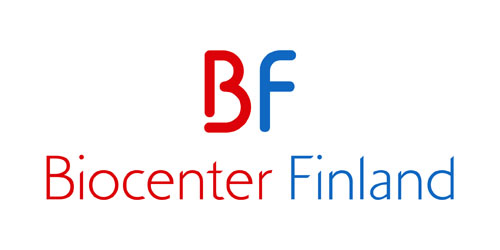Real-time Imaging
Platform services
Radiochemistry and ex vivo radiotracer evaluation
SPECT/CT imaging
Contacts
Real Time Imaging (RTI) platform is a highly specialized platform in the field of radio nuclear imaging and itis composed of two nodes, the SPECT/CT and RadChem. The SPECT/CT node was established in Faculty of Pharmacy in Viikki, and the RadChem is based in the Faculty of Sciences in Kumpula. RTI unit has the capability to perform whole nuclear imaging projects from design to execution, result analysis and interpretation. The RTI services encompass all of the regulatory aspects of radioactivity use and experimental methodology in imaging and ex vivo studies in rodents making it a convenient route for users to incorporate sensitive molecular imaging methods into their research. In the recent years the studies carried out at the RTI have evolved to more comprehensive selection of tracers for more complex longitudinal studies in clinically relevant animal models. The publication throughput has increased accordingly with respect to the usual lag time between RTI unit service usage and publication acceptance. The personnel of the RTI has played a fundamental role in educating users and ensuring the meaningful implementation of the technology for their projects. Both nodes are parters at the Helsinki in vivo animal Imaging platform (HAIP) of the Helsinki Insitute of Life Science (HiLIFE)
Radiochemistry
RadChem node offers all radiochemical preparations for the SPECT/CT unit. Additionally, it provides custom synthesis of PET radiotracers labelled with 18F and 68Ga, and custom synthesis of SPECT radiotracers with commercially available radionuclides such as 111In, 125I, 123I, 177Lu and 99mTc, ex vivo biological studies with 3H and 14C labelled tracers, quality control and characterization and preparation and analysis of biological samples ex vivo and in vitro through dedicated instrumentation for radioactivity counting, spectrometry and autoradiography. Mouse xenograft and allograft models can be generated in-house for the experimentation at the animal facility of RadChem located also in Kumpula campus of the University of Helsinki. RadChem provides services to other nuclear imaging facilities in Finland and abroad, in the academic and industrial sectors. Due to its sophisticated and modern facilities and comprehensive size, RadChem is a national reference point for radiochemistry for the synthesis of biologically active tracers for preclinical research in life sciences and biomedicine. It is a perfect match to the mission of the SPECT/CT unit, offering the capability to use tailor-made tracers for imaging thus surpassing the limitation to use only commercially available compounds that most of other preclinical nuclear imaging facilities face.
Helsinki Institute of Life Science - HiLIFE
Radiopharmaceutical Chemistry
SPECT/CT imaging
The SPECT/CT node provide in vivo imaging services of small animals detecting the γ-radiation from an administered radiolabelled tracer. The technique follows the distribution of the tracer, its pharmacodynamics, kinetics, and route of disposition, qualitatively. The services provided have a high degree of customisation to be listed as standard. The tracers are radiolabelled drug or biomarker analogues and drug delivery systems evaluated against validated targets in disease models, or in the process to be evaluated for such a potential. Tracers range from small molecules to peptides, bio-macromolecules, or nanoparticles. The unit also provides computed tomography (CT) of live animals at high resolution (50 mm). All projects are tailor-designed and set up. The applications include, but not limited to: drug target validation, drug delivery system in vivo evaluation, receptor/enzyme quantification and occupancy, neurotransmission capacity evaluation, therapeutic efficacy studies, and determination of disposition and pharmacodynamics/kinetics. The services also include therapeutic screening in disease models generated at the node including Parkinson’s disease model (dopaminergic population), a stroke model (cerebral blood flow) and a cancer tumour model (somatostatin receptor population).
Helsinki Institute of Life Science - HiLIFE
SPECT/CT Imaging unit
Contact persons
Platform Coordinator
Mikko Airavaara
University of Helsinki
Platform Partners
Mirkka Sarparanta (Department of Chemistry, University of Helsinki; HiLIFE)
Arturo García-Horsman (Faculty of Pharmacy, University of Helsinki; HiLIFE)
